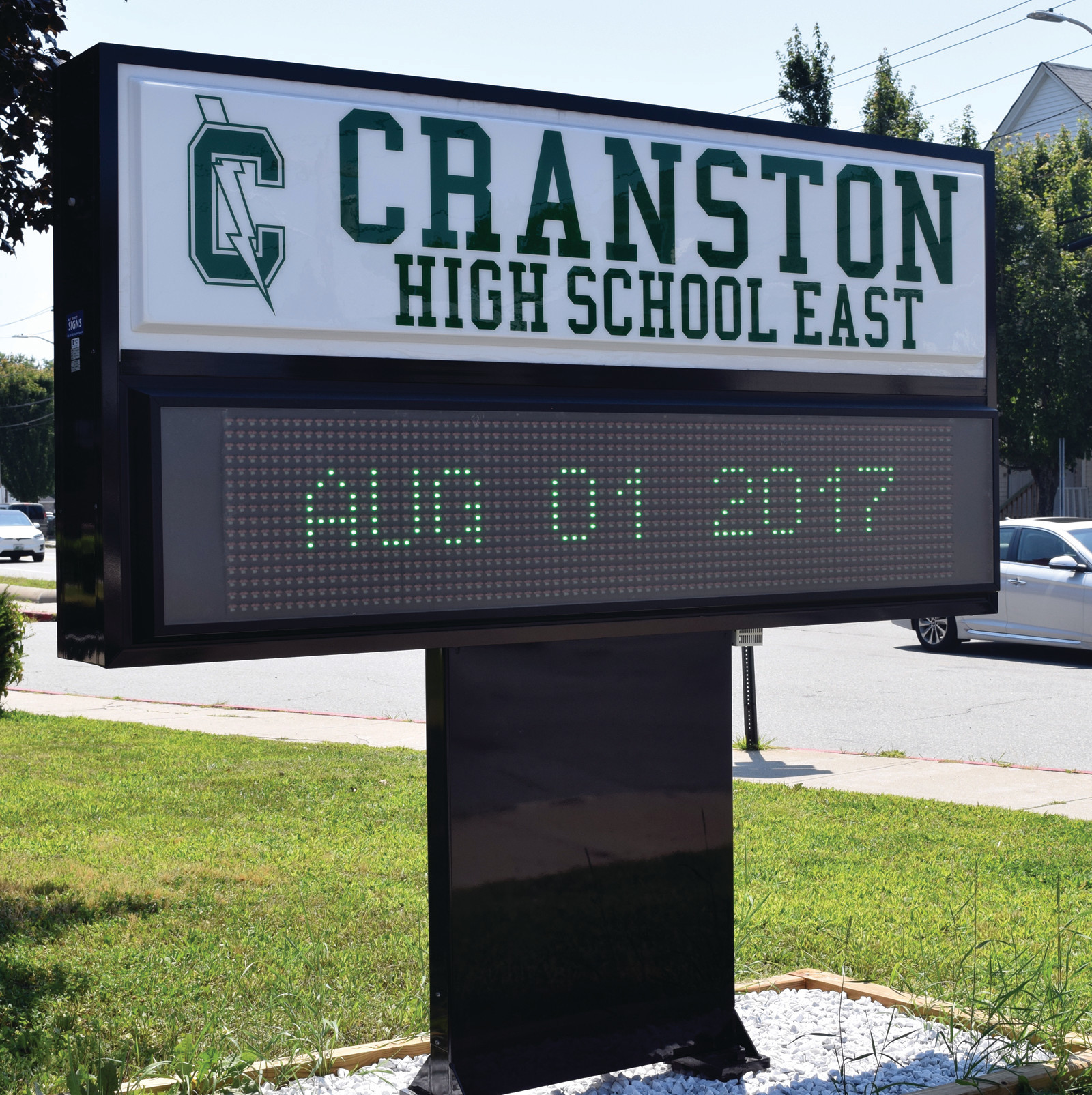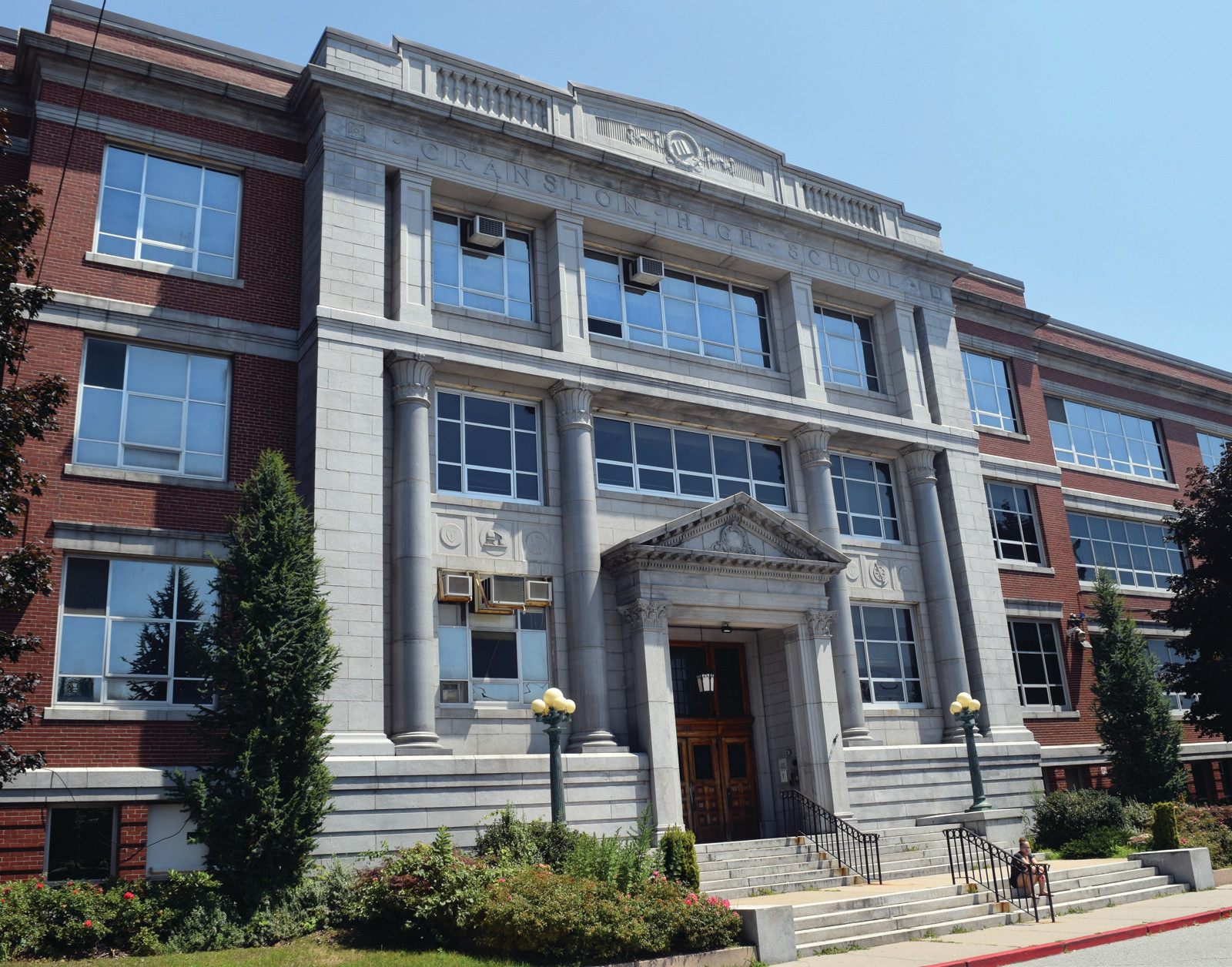East 'satisfied' with results of NEASC report
One of the requirements of a high school being accredited by NEASC (New England Association of Schools and Colleges) is to have an in-school visitation and observation.
Cranston East had their visit this past March after 18 months of preparation and self-reports.
On Tuesday, August 1, CHSE received the notification they were waiting for.
"We received Continued Accreditation,” East Principal Sean Kelly said. “Overall, it was a great letter. The faculty felt it was a great report as well.”
According to the report itself: “The prime concern of the visiting committee has been to assess the quality of the educational program at Cranston High School East in terms of the Committee’s Standards for Accreditation. Neither the total report nor any of its subsections is to be considered an evaluation of any individual staff member but rather a professional appraisal of the school as it appeared to the visiting committee.”
The final report received was over 100 pages and contained recommendations and commendations for the school and its faculty, students and community at large.
“Overall, I was satisfied with the observations, commendations, and recommendations provided by the NEASC visiting team. The actual visit is only several days, so it was imperative that the team was able to witness authentic experiences and have honest dialogue with various members of the school community. We know there is always room for improvement, but at the end of the day, the CHSE administration and staff provide an exceptional educational program for all of its students. As far as the report is concerned, most of the commendations and recommendations outlined throughout the seven NEASC standards were expected. This can be attributed to the hard work and commitment by the CHSE staff and faculty during the self-study portion of this process. The evidence that was collected and analyzed provided us with a pretty clear picture of our strengths and areas for improvement. The final report, in a way, validates all of the conclusions we had already drawn from our work with the self-study. Many of us are deeply committed to school improvement initiatives, and we hope that this report will be used as a springboard to initiate several school-related tasks and projects,” said Andrea DiCicco the faculty NEASC coordinator for East.
While the evaluative observation is done within the school building(s), the district is required to share the results with the greater Cranston community. The results of the report emphasize where the strengths are, and what areas have room for improvement.
“I am pleased with the final report. This is a culmination of over 18 months of planning and hard work from the staff and administration at CHSE. We take this process seriously, and we treat the process with the respect it deserves. The commendations mentioned by the visiting team truly underscore all of the good things Cranston High School East and its faculty accomplish on a day-to-day basis. The recommendations are not anything that we didn't already recognize as things we need to improve. We are always trying to do things better and move our students toward success in the 21st century, and this report gives us a blueprint derived from research-based standards. We are fortunate to have a school committee and a city administration council who understand the work we do and the challenges we face to make our high schools excellent places for learning. We know that our facilities are always a challenge on a small, urban footprint, and that is always a difficulty.
Being a NEASC accredited high school is important to our school community and the City of Cranston,” said Superintendent Jeannine Nota-Masse.
Kelly went into the observation confident that the faculty, staff and students were all on the right path to success.
“The report is accurate to where we are as a school. It was very reflective of our own Self-Study process. I would like to commend the faculty, staff, students and entire school community for all of their hard work and effort over the course of the last two years in making this a smooth and seamless process. Their continued hard work allowed for such a report. We will now begin the work of addressing each of the recommendations and will have to report back to the Commission in a 2- and 5-year report, as well as any special requests that they may make. Overall, the report looks good and will continue in our efforts to move the school forward into the middle of the 21st century,” said Kelly.
While there are recommendations made that the school itself cannot address, such as considering a covered walkway from Briggs to main, or repairing the HVAC system, the ones the schools can implement fairly easily and quickly relate to open communications between the school and families. Reaching out to parents who may not have Internet access, or monitoring how frequently they log into their students’ Aspen account.
The report itself is 101 pages and is available for viewing via www.cpsed.net/chse.










